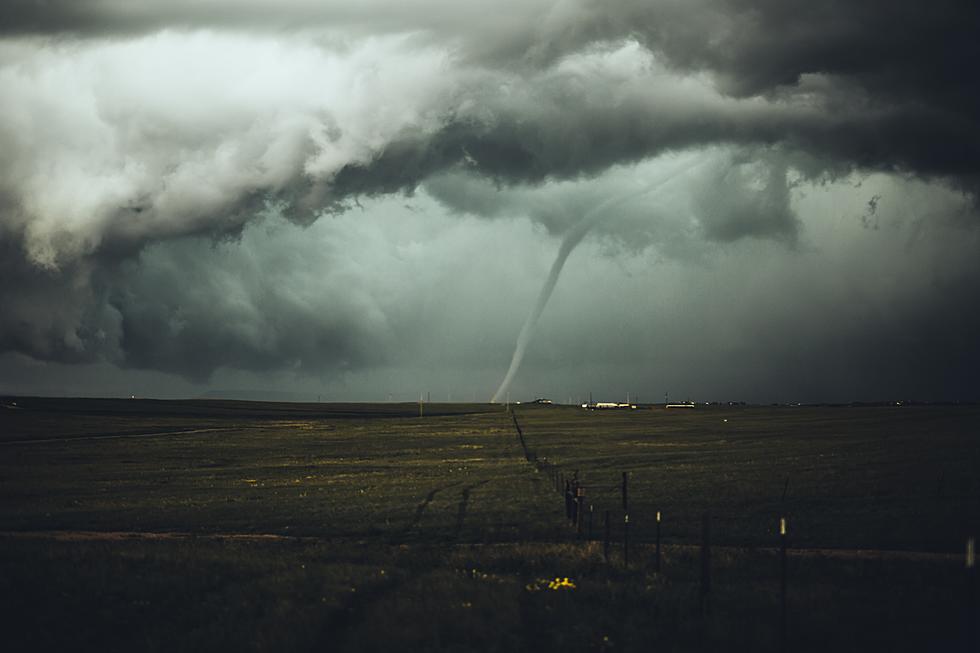
Yes, It Seems Smokey in Evansville – Here’s Why
If you've looked outside in the last day or so and noticed a sort of heavy haze in the air that looks like a faint waft of smoke, it isn't your imagination.
I saw a post on Social Media from the Evansville - Vanderburgh County Emergency Management Agency that included an image of a map of the United States littered with little dots and clipart images of fire. The caption read,
If you are looking for more information about the current air quality in the Evansville Area or curious about where the smoke is coming from, here is a good reference for finding that information.

It then links out to the fire and smoke map at Airnow.gov. The little dots, and those little fire symbols indicate a few things. The fires, as you can guess, represent fires currently burning. You'll notice that most of those fire symbols are all out west but there are none here in the Evansville area.
What you do see in the Evansville area, when you zoom in on the map, is an orange dot. So what does that mean exactly? Well, the map shows not only where there are fires burning but it also shows the current quantity of particle pollution in the air during fires. That orange dot means that the current air quality has a pretty hefty measurement of smoke particles - enough to make it "unhealthy for sensitive groups" here in the Evansville area. According to Airnow.gov, "sensitive groups" include,
...people with heart or lung disease, older adults, children, and pregnant women.
When I clicked on the orange dot, the reading for particle pollution, or PM2.5, shows an Air Quality Index (or AQI) of 110. This falls between the range of 101 and 150 for being "unhealthy for sensitive groups," like I mentioned before. The measurements of AQI are as follows:
- Green - Good: 0 - 50
- Yellow - Moderate: 51 - 100
- Orange - Unhealthy for Sensitive Groups: 101 - 150
- Red - Unhealthy: 151 - 200; this is where the general public may start to experience difficulties
- Purple - Very Unhealthy 201 - 300; The risk of health issues expands to everyone
- Maroon - Hazardous: 300 or higher; This is a health warning emergency, effecting most everyone
So why are we experiencing this in the Evansville area? Airnow.gov is measuring "a satellite fire" approximately 52 miles from Evansville but there is also the reality that the smoke from the western portion of the United States is being blown east. It wouldn't be the first time that it has happened. If you are someone who suffers from heart or lung conditions or otherwise fall into the "sensitive groups" category, it might be a good idea to monitor the situation at Airnow.gov.
[Source: Airnow.gov]
KEEP READING: Get answers to 51 of the most frequently asked weather questions...
LOOK: What are the odds that these 50 totally random events will happen to you?
LOOK: What major laws were passed the year you were born?
LOOK: The most expensive weather and climate disasters in recent decades
TIPS: Here's how you can prepare for power outages
More From WDKS-FM









